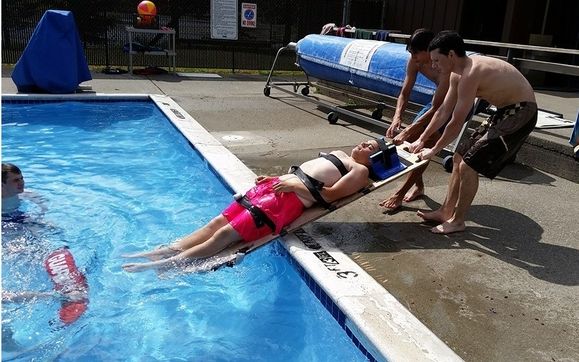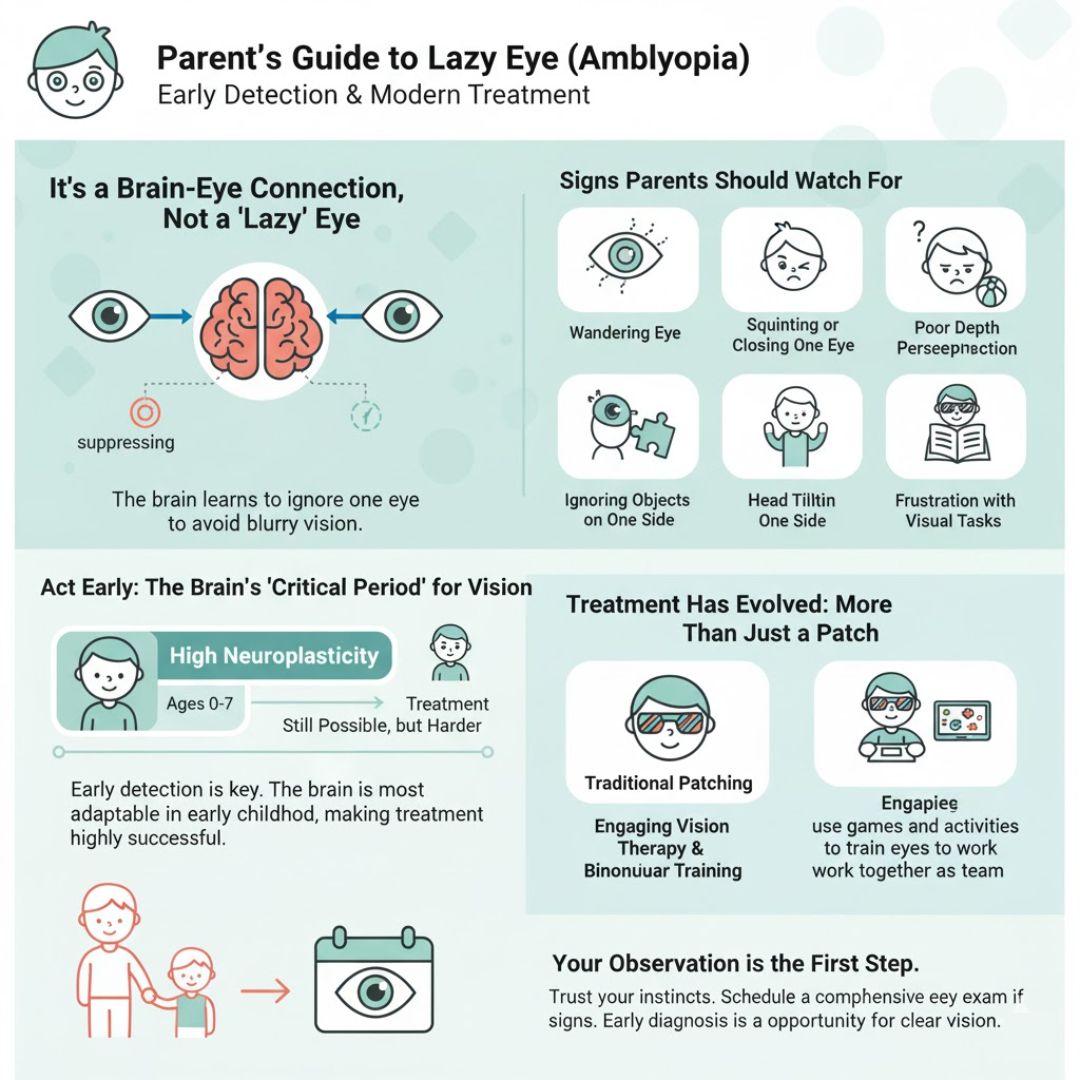Medical emergencies often happen without warning. A sudden collapse, a severe allergic reaction, or an unexpected accident can turn an ordinary day into a crisis. In such moments, having the right skills to respond immediately can save lives. That’s why CPR (Cardiopulmonary Resuscitation) and first aid training is so important—not just for healthcare professionals, but for parents, teachers, employees, and everyday citizens.
Understanding CPR and First Aid
- CPR (Cardiopulmonary Resuscitation): A critical technique that keeps oxygenated blood flowing to vital organs when the heart has stopped beating or when breathing has stopped.
- First Aid: Basic medical assistance provided immediately after an injury or illness, before professional medical services take over.
Together, CPR and first aid training equip people to act quickly and effectively during life-threatening situations.
Why This Training is Crucial
- Improves Survival Rates
In cardiac arrest cases, starting CPR within the first few minutes significantly increases survival chances. - Creates Safer Communities
The more people trained, the more prepared communities are to respond to accidents, heart attacks, or choking incidents. - Prevents Minor Injuries From Becoming Severe
Proper wound care, burn treatment, or immobilizing a fracture can minimize complications. - Enhances Workplace Readiness
Many businesses encourage or require certification to comply with safety standards.
What You Will Learn in CPR and First Aid Training
- Chest compressions and rescue breaths
- How to operate an AED (Automated External Defibrillator)
- Recognizing signs of heart attack, stroke, or shock
- Managing burns, cuts, and bleeding
- Handling choking in infants, children, and adults
- Stabilizing fractures, sprains, and head injuries
- Responding to allergic reactions and seizures
Who Benefits from CPR and First Aid Training?
- Parents and guardians – to keep families safe.
- Teachers and school staff – for student protection.
- Sports coaches and fitness trainers – to handle athletic injuries.
- Workplace employees – especially in high-risk environments.
- Community volunteers and caregivers – for public safety.
Steps to Certification
- Find a Trusted Provider – such as the American Red Cross, American Heart Association (AHA), or local health organizations.
- Complete the Course – programs may be in-person or hybrid, combining online theory with hands-on practice.
- Demonstrate Skills – learners must show CPR technique, AED use, and first aid response.
- Receive Your Certification – usually valid for 2 years before renewal is needed.
FAQs on CPR and First Aid Training
Q1. Do I need medical experience to take the course?
No, CPR and first aid training is designed for anyone, regardless of background.
Q2. Can CPR training really save a life?
Yes. Immediate CPR can keep oxygen flowing to the brain and heart until emergency services arrive.
Q3. Is online training as effective as in-person?
Blended courses work well, but hands-on practice is strongly recommended for mastering techniques.
Q4. How long does certification last?
Most certifications remain valid for two years and require renewal to stay current.
Q5. Can children learn CPR and first aid?
Yes. Many organizations offer age-appropriate training for children as young as 10 years old.
Final Thoughts
CPR and first aid training is more than a certification—it’s a life skill. Whether it’s helping a loved one during a heart emergency, treating a workplace injury, or assisting a stranger in need, being trained gives you the confidence to act instead of freeze. By taking a course, you’re not just learning techniques—you’re gaining the ability to save lives.
Author Bio:
This article was written by a professional contributor at American Lifeguard—providing lifesaving training and certification to help individuals protect lives and build careers in aquatics and safety services.



